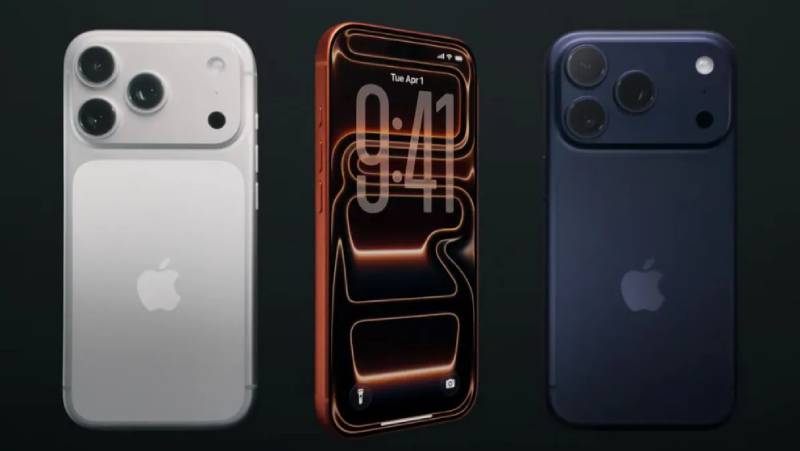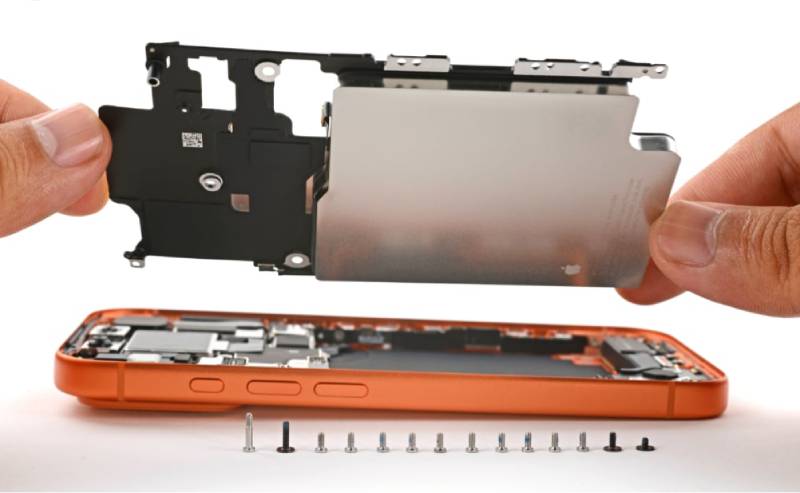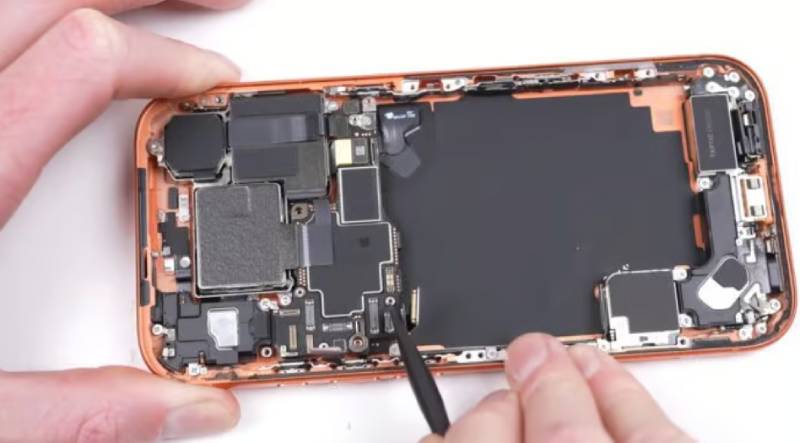When the iPhone 17 Pro debuted with the labels of “the strongest heat dissipation ever” and “structural reorganization”, consumers, while anticipating a performance leap, also raised questions about repair convenience. For this flagship model equipped with the A19 Pro chip and VC vapor chamber technology, is its internal design revolution reducing the repair threshold or creating new obstacles? Combining teardown reports from professional institutions like iFixit and analysis of actual repair scenarios, the answer is far more complex than a simple “yes” or “no”.

1. Structural Changes Behind the Upgrade: Opportunities and Challenges Coexist
The core upgrades of the iPhone 17 Pro focus on heat dissipation and space optimization, which have directly reshaped its internal repair logic. The most notable change is the first introduction of an integrated “battery tray + VC vapor chamber” design. Using the principle of liquid vaporization cycle to dissipate heat, combined with the high thermal conductivity of the aluminum alloy body (about 150 times that of glass), the body temperature is significantly lower than the previous generation during high-load operation . This design has brought dual impacts: on the one hand, the integrated battery tray with electrocatalytic debonding tape can complete debonding in just 70 seconds with 12 volts, and the steel-encased battery can fall off automatically, making battery replacement more convenient than the previous generation, with third-party repair prices as low as 550 yuan (40% cheaper than official prices) ; on the other hand, the close fit between the VC vapor chamber and the motherboard and battery means that replacing any single component requires first separating the heat dissipation module, increasing operational steps and tool dependence.
Another key adjustment is the removal of the dual-direction teardown design. While previous models supported disassembly from either the screen or the back cover, the iPhone 17 Pro only allows the back charging coil to be replaced individually, with core components such as the battery, camera, and USB-C port all requiring screen removal first . Although this “single-entry” design improves body sealing by reducing adhesive use, it increases the pre-steps for basic repairs by more than 30%, and iFixit clearly stated in the teardown that this design “reduces repair flexibility”.

2. Concrete Manifestations of Repair Difficulty: From Screws to Components
Teardown data reveals detailed changes in repair complexity. Replacing the USB-C port has become a typical pain point: it requires removing 22 screws of different specifications, and the port is made of plastic, which is far less durable than the 3D-printed titanium alloy module of the iPhone Air, and the housing may crack with a little force during repair . This “multi-screw fixation” strategy also applies to components like the Taptic Engine and speakers; while it improves removability, it increases the types of tools needed from 3 to 6, and the average time for single component replacement increases by 8 minutes.
The upgrade of the camera module has brought new repair risks. Although the 48-megapixel sensor improves imaging quality, the raised “camera plateau” adopts a sharp-edged design and lacks underlying support, making the anode oxide layer prone to “spalling” and easily scratched when rubbed against hard objects like keys . More problematic is that the rear camera is directly connected to the motherboard via three flex cables, increasing the cable breakage rate by 50% compared to the previous generation during disassembly. The official repair quote is as high as 2698 yuan, while third-party repairs are as low as 1800 yuan but carry compatibility risks .
The motherboard design shows contradictory progress: the horizontal layout reduces the overall size by 20%, and the modular design of memory and flash memory lowers some repair costs ; however, the overlapping layout of NAND flash memory and A19 Pro chip means that heating operations during flash memory replacement may damage the main processor, placing strict requirements of ±5℃ on the temperature control accuracy of maintenance personnel . In addition, the motherboard adopts a double-stack structure, requiring manual flipping and removal of millimeter-wave cables during disassembly, adding 4 more steps than the previous generation.

3. Comprehensive Evaluation of Repairability: The Trade-off Behind the 7/10 Score
iFixit ultimately gave the iPhone 17 Pro a repairability score of 7 out of 10, a rating that accurately reflects the art of trade-offs in design . Compared to the iPhone 16 Pro, the new model has made a significant breakthrough in battery replacement convenience—electrically induced adhesive technology allows non-professional users to attempt self-repairs, and the steel-cased battery offers higher safety; however, designs such as single-entry disassembly and highly integrated heat dissipation modules have increased the difficulty of high-frequency repair items like screens and ports, resulting in a score 1 point lower than the iPhone Air.
Changes in repair costs further amplify this trade-off. Third-party market data shows that battery replacement costs are 40% lower than official prices, making it the most beneficial repair item for users; however, the repair costs for screens and camera modules remain high, and the overall drop resistance of the device decreases by 15% after official repairs . Although the aluminum alloy body improves heat dissipation, its Mohs hardness is only 3, making it more prone to scratches than titanium, indirectly increasing the probability of accidental repairs .

4. Conclusion: The Dynamic Balance Between Upgrade and Repair and Solutions
The repair difficulty of the iPhone 17 Pro shows the characteristic of “local optimization coexisting with overall complexity”: the battery tray and electrocatalytic debonding technology have lowered the repair threshold for specific components, and the modular design provides space for third-party repairs; however, the single-entry disassembly, highly integrated heat dissipation system, and multi-screw fixation strategy have increased the overall operational complexity and error risk.
For ordinary users, self-solving issues like battery swelling have become easier, but failures such as screen cracks and port damage still require professional services; for repair professionals, new technology adaptation capabilities and precise operation experience have become essential qualities. In this process, the stable supply of high-quality components is the key to balancing repair difficulty and cost—and this is the core problem we strive to solve. We specialize in providing strictly inspected and refurbished repair parts for iPhone 17 Pro, covering high-frequency replacement components such as screens, batteries, and camera modules. All products have passed functional tests and compatibility verification, ensuring performance close to original standards while offering more competitive prices than official parts, with sufficient inventory to quickly meet repair needs .
This game between upgrades and repairs is essentially Apple’s trade-off between performance experience and usage costs. The 7/10 score indicates that the new model has not sacrificed all repair friendliness for aggressive upgrades. Our presence is precisely to allow consumers to enjoy the smooth experience brought by the VC vapor chamber without worrying about high repair costs and unstable component supply—whether individual users are seeking cost-effective repair solutions or repair institutions need reliable component sources, our refurbished repair parts can provide practical support, making device repairs more efficient and economical.If you have any inquiries, please contact us at sales@recoresolutions.com.
